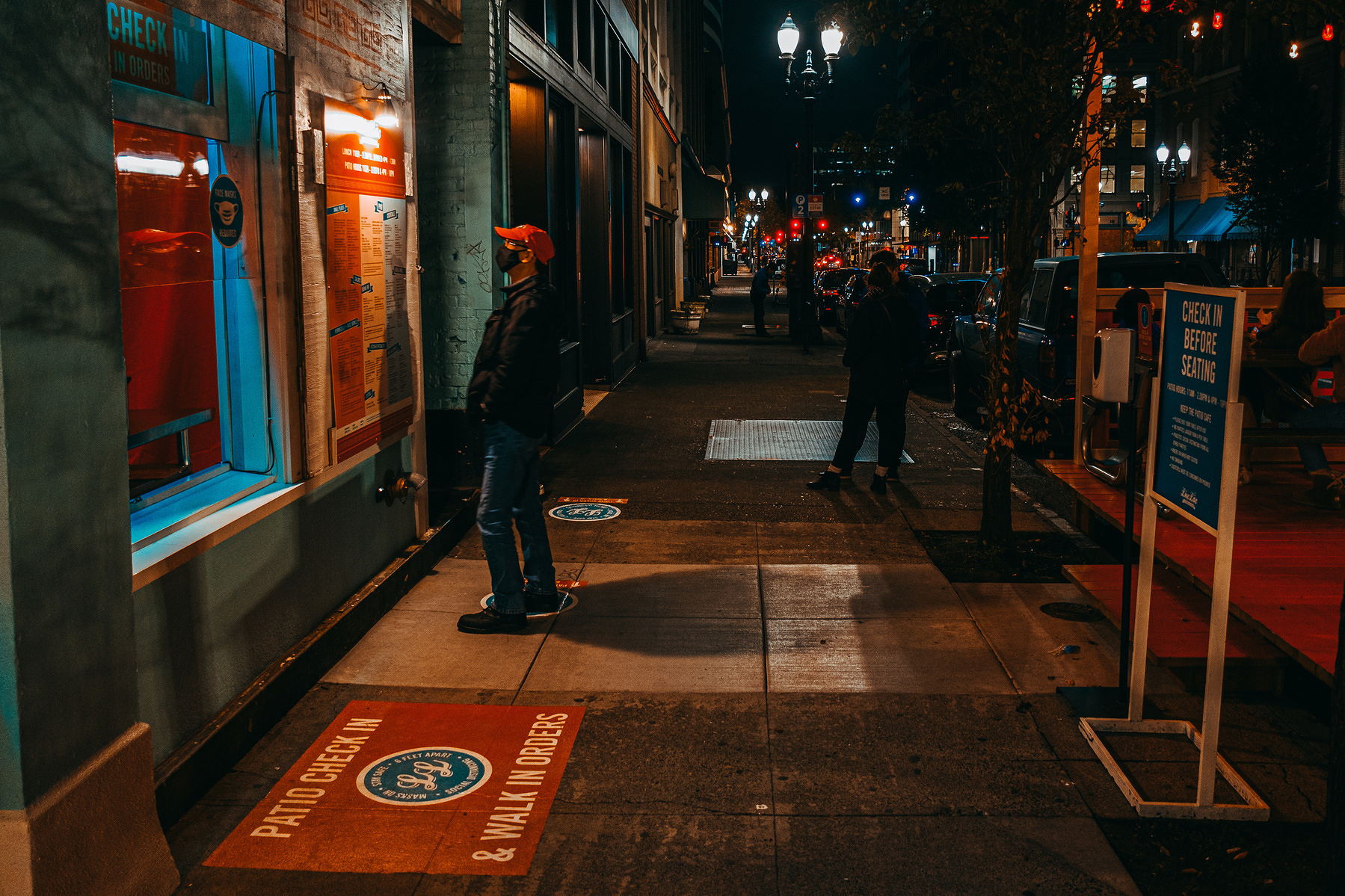I think Cobalt Image may have taken away my last excuse for working on a collection of the last few years’ work. DNGs I shot with the Q2 and RAFs from the X-Pro3, X100V, and X-T4 all fit with each other now.
I went on a brief “use it for everything!” over the past day, trying it out on a little of everything from the past few years. This afternoon I took a step back and realized I want to preserve a record of what I’ve been up to with my edits as much as my subjects, so I’m grateful Lightroom has a versions feature: As I pick things for the collection, I can save a snapshot of my favorite edit up to now, then make a new proof for a collection using Cobalt.
I also sat down with my cameras and got them all into a state of rough similarity with each other on a “walking around” preset. It doesn’t matter so much with a RAW workflow, but by being close to what will come out the other side of a Lightroom session I can pay attention to dynamic range and exposure choices.
Aside from its value as a normalizer, I really like Cobalt’s presets. When I think about how my use of presets has evolved, there’s always been this tension between natural and treated. I think Cobalt understands how much work color alone is doing, and does less to lean into “vintage-y.” It’s the difference between looking through old photo albums, shot with 35mm consumer stock indifferently processed–or the output of a Kodak with a 126 film cartridge processed at the pharmacy–and leafing through mint condition National Geographics from 1972.
When I was working on my own presets (and trying to get something that normalized well across my cameras) I picked one of Adobe’s “Modern” profiles as a base because I didn’t want to make artificial vintage photos – I just knew there was something in the reds and cyans of old film stock I liked, but was not interested in throwing away dynamic range, sharpness, or definition to get it. Starting from something that didn’t throw anything away, then building up the things I wanted to stand out, worked better for me.
Cobalt’s classic film presets preserve the dynamic range my cameras can provide while reproducing the color bias. Fujifilm cameras come super close to what I’m after with the Classic Negative film simulation + the color chrome and blue chrome settings, but miss a little for me because it turns out I was raised on Kodak.
Somewhat relatedly, I’ve been reading Everything, All the Time, Everywhere and it’s a little interesting to be bouncing between a political headspace, where I feel impatient with postmodernism, and an aesthetic headspace, where color scientists are busy selling back the shade “Kodak yellow” and Fujifilm’s included film simulations all lean toward the vintage, all of which suits me.
